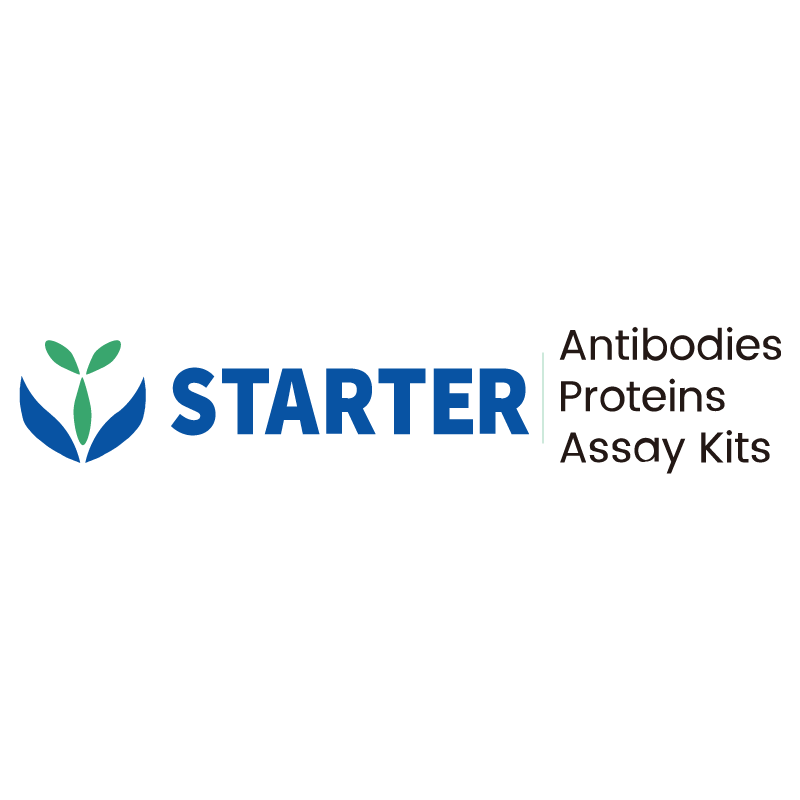Product Details
Product Details
Product Specification
| Host | Syrian Hamster |
| Antigen | CD28 |
| Synonyms | T-cell-specific surface glycoprotein CD28 |
| Location | Cell membrane |
| Accession | P31041 |
| Clone Number | S-R515 |
| Antibody Type | Recombinant mAb |
| Isotype | IgG |
| Application | FCM |
| Reactivity | Ms |
| Purification | Protein G |
| Conjugation | Alexa Fluor® 647 |
| Physical Appearance | Liquid |
| Storage Buffer | PBS, 25% Glycerol, 1% BSA, 0.3% Proclin 300 |
| Stability & Storage | 12 months from date of receipt / reconstitution, 2 to 8 °C as supplied |
Dilution
| application | dilution | species |
| FCM | 5 μl per million cells in 100μl volume |
Background
CD28, a 44-kDa disulfide-linked glycoprotein, is constitutively expressed on the surface of most CD4+ and CD8+ T cells. It plays a crucial role in T cell activation and signaling by interacting with its ligands CD80 (B7.1) and CD86 (B7.2) on antigen-presenting cells. CD28 enhances T cell receptor signaling, promotes cell cycle entry, and supports the survival of T cells by upregulating anti-apoptotic proteins like Bcl-2. It also preferentially promotes TH2 differentiation, aiding B cell germinal center formation and isotype switching. CD28 signaling involves multiple pathways, including PI3K, Grb2, and NFκB activation, which collectively regulate T cell proliferation, differentiation, and effector functions.


